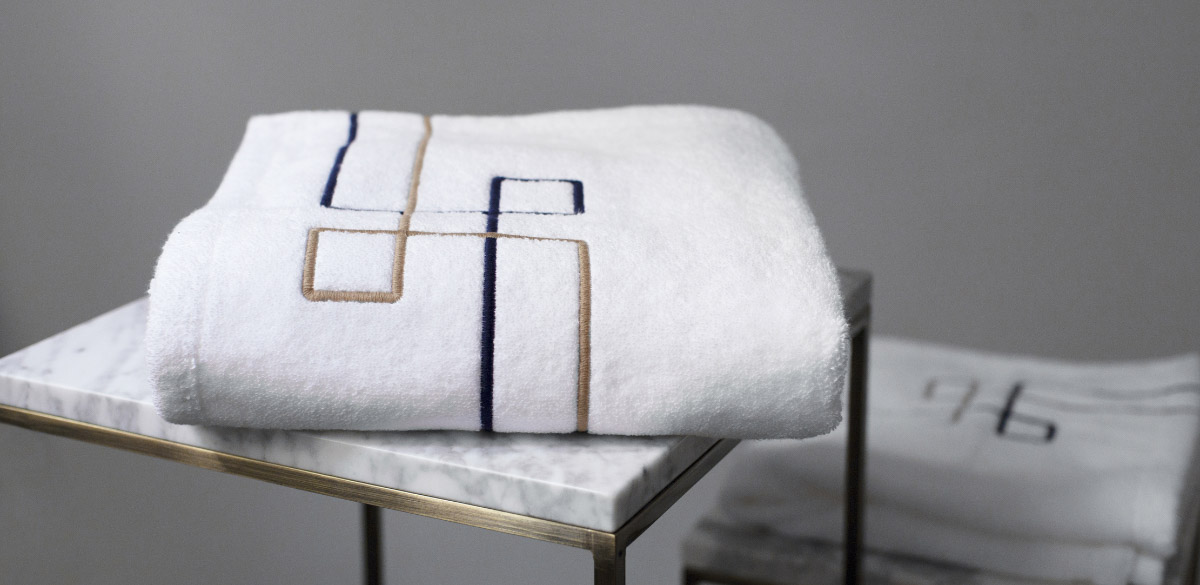Have you ever gone to purchase new towels and been overwhelmed by the choice and the jargon involved? Well, I’m here to break it down and hopefully make your life easier! We all know that not all towels are created equally. There’s nothing worse than stepping out of the most relaxing, luxurious bath to be confronted with a scratchy towel or robe, that doesn’t dry you properly.
So what should we look for in the first place and how do we take care of our lovely towels and keep them fluffy and soft for the longest possible time?
Towels are woven fabrics, and the style of the weave determines the quality. You may have read the term GSM when researching towels. GSM stands for ‘grams per square metre’ and it doesn’t just relate to towels – all fabric is measured this way. Towels usually fall between 300-900gsm, with the lower end of this being lighter and faster drying and the higher end being more luxurious and more absorbent.
Next, there are different types of cotton to choose from. The most important factor in the quality of a cotton towel is the length of the fibre (normally called the staple length). Basically, the longer the fibre the better the finished product will be. If you are looking at 100% cotton towels and the type of cotton is not specified, it is more than likely ‘upland cotton’. A short staple fibre that is great for mass production, keeping costs low.
Egyptian and Turkish cotton are some of the best in the world and both cultures have been growing cotton for millennia -usually long staple- making luxurious soft and strong products. Pima cotton is similar in quality but unlike Turkish and Egyptian cotton, it can be grown anywhere (although mostly in the US). Pima cotton provides the plush feel of a luxury towel and is also highly absorbent.
Lastly, Supima is a brand name of Pima cotton and is highly regulated so that only the best fibres are grown and used. Any towels that are made from Supima cotton will be of seriously high quality and will last for some time, however, they will also probably be the most expensive option!
Of course, there are alternatives to cotton that are more planet-friendly and are becoming more popular. The cotton industry has issues surrounding its sustainability. As a crop, it requires a lot of water to grow and is unable to naturally fight off pests, therefore requiring pesticides to survive. New materials that are being used include bamboo, wood fibres (Tencel), hemp, and linen.
OK, so we’ve chosen our towel. How do we take care of them to make them last as long as possible? First of all, the enemy of cotton is too much detergent! We’ve all been guilty of adding a little more than we need to. But, over time it builds up in your towels and causes them to become rough, if you think this might be your problem try washing the towels as hot as you can with a cup of white vinegar and then straight away again with a cup of baking soda to remove any build-up. Another top tip is to always shake your towels out before and after putting them in the dryer to fluff up the fibres. Dryer balls can also help with this.
Lastly, however tempting it is, don’t overload the machine! This can lead to detergent not being rinsed out properly and also towels becoming damaged more easily.
I hope this helps next time you’re tasked with towel shopping, and don’t be afraid to ask your supplier for advice!


























0 Comments